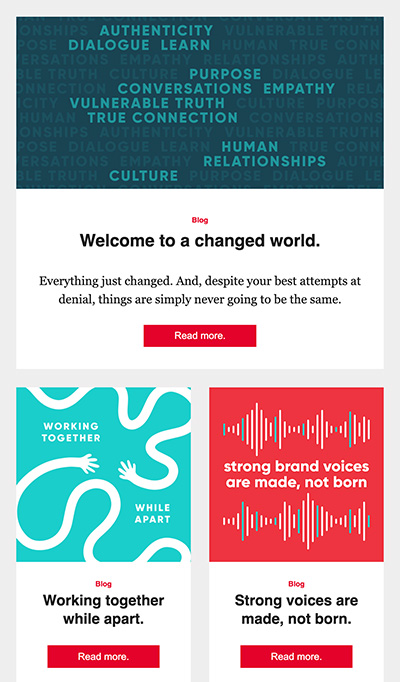More Sugar, Less Data. What You Need to Know about Cookies.
Cookies have long enabled personalization and advertising online, but growing privacy concerns and regulations like GDPR and CCPA are reshaping the way brands collect and use data. While some companies see this as a loss, we see it as an opportunity. By embracing transparency, prioritizing consent, and putting people first, brands can build stronger trust and loyalty in a privacy-first, cookie-less future.

By now, you’ve probably noticed that nearly every site you visit greets you with the same question: accept cookies or not? As the capabilities of digital tracking have grown, so have the privacy guidelines designed to protect you. While this may feel like a loss of valuable user data for many companies, we see it differently. For us, it’s not a headache. It’s an opportunity. An opportunity to lead with transparency, earn trust, and strengthen the relationships that matter most: the ones with your customers.
Before we grab a glass of milk and dunk into this topic, let’s explain what a “cookie” really is. A cookie (the digital kind, not the double-stuff chocolate chip oatmeal kind..my personal favorite) is a tiny text file that a website stores on your device. Some cookies are incredibly helpful. They remember your login info, keep items in your shopping cart, or save your language preference so you don’t have to re-set it every time. LOVE these! Others are full-on ‘I Spy’ types keeping tabs on the pages you visit and the clicks you make. They gather details like location, demographics, and browsing behavior to give companies a snapshot of who’s visiting their site. This may help them to analyze and make improvements or provide insights on how to serve you more relevant ads.
The important distinction is between first-party cookies (set by the site you’re actually on) and third-party cookies (set by outside companies that follow you around the internet). The first kind tends to make life easier, while the second kind is what’s driving all the privacy debates. For years, cookies have been behind the scenes, powering targeted ads, personalization, and analytics. But things are changing quickly as the internet is moving toward a consent-first model.
As consumers have grown more concerned about how their data is collected and shared, regulators have stepped in. Laws like GDPR (General Data Protection Regulation) in Europe and CCPA (California Consumer Privacy Act) in California were created to protect consumers. These laws now require companies to be upfront about what data they collect and how it’s used, while giving users a clear choice to opt in or out. ^That’s why you’re seeing those cookie pop-ups everywhere you go.
The good news? Despite more stringent privacy rules, we’re actually starting to see more meaningful data. When users choose to opt in to cookies being set, the data we are getting tends to tell a better story about how they’re engaging with content on the page. Since users are agreeing to be tracked, we know that they trust the brand, and because of that, the content they seek out is more meaningful to them. The result: higher-quality data that’s more actionable.
At Phire, we don’t see cookie regulations as hurdles. Instead of simply slapping a cookie banner on your site or treating it as a compliance box to check, we help brands design experiences that feel human-centered, transparent, and clear. In a world where people are growing increasingly skeptical of being tracked, we believe that the brands that say, “We respect your privacy and here’s how,” are the ones most likely to earn loyalty.
Our takeaway is simple: privacy is no longer optional. Brands that embrace these policies and put responsible data practices and people first will thrive in what will likely be a cookie-less future. Because at the end of the day, no one likes a brand that takes the last cookie without asking.


